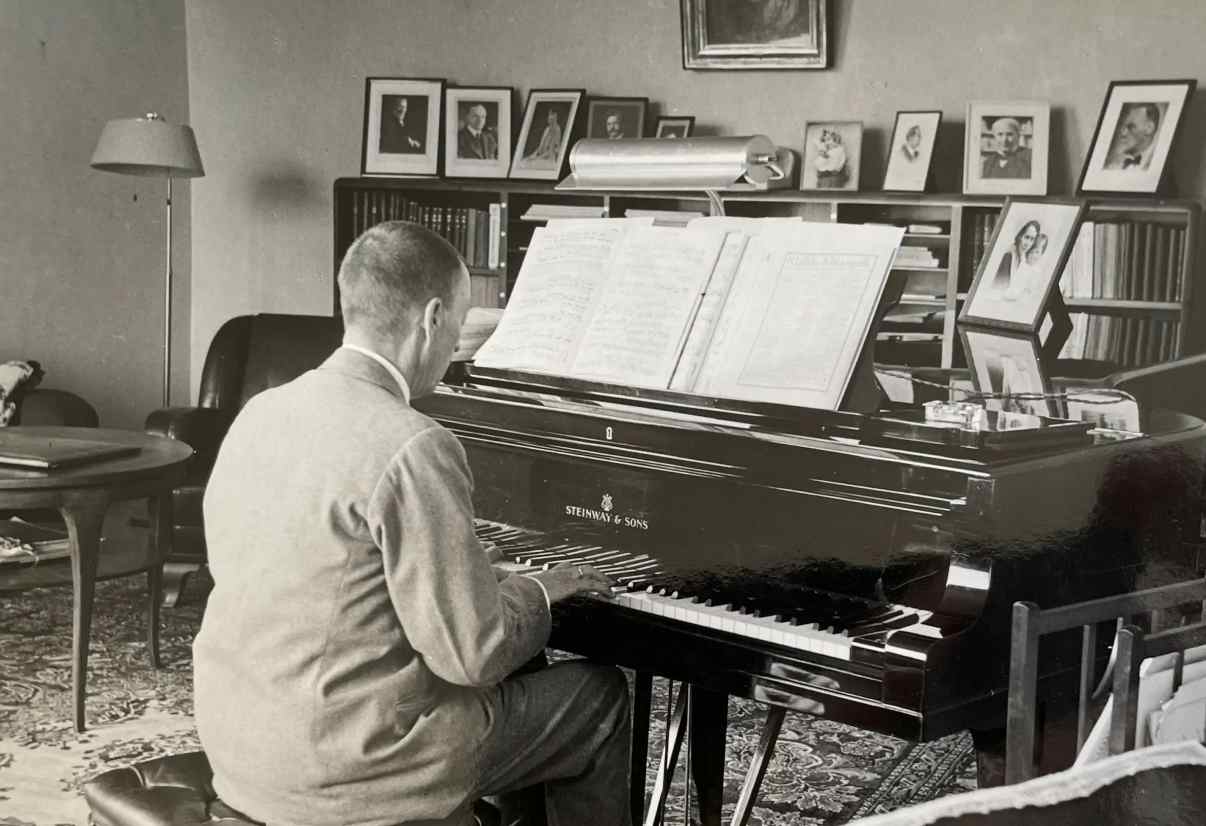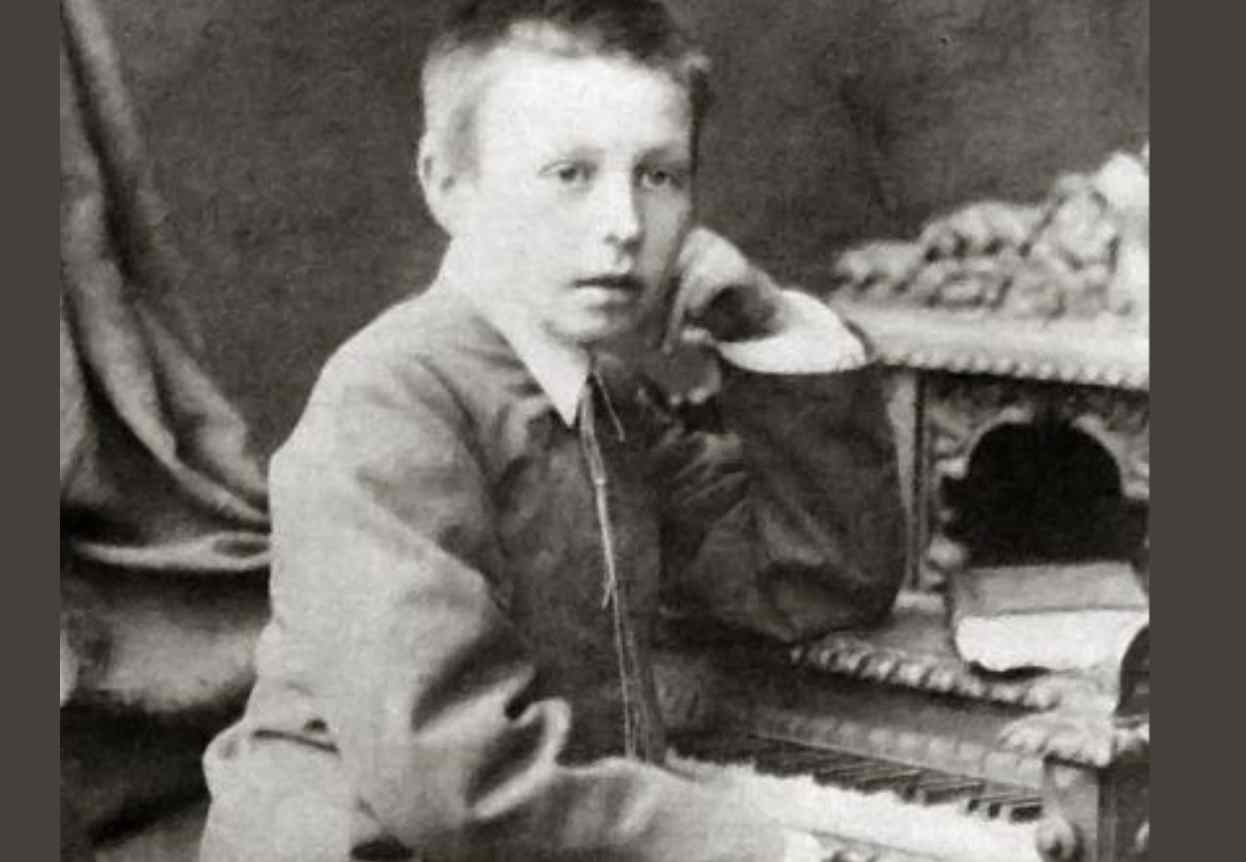

resampled
(in the sound of a New-York-Steinway D (1951) with Studio Orchestra in the Room of the Teldex-Studio)
(in the sound of a German Steinway D (2006) with symphonic orchestra in the room of the Berlin Philharmonie)

Nr.1 f#-minor Op.1
Nr.2 c-minor Op.18
Nr.3 d-minor Op.30
Nr.4 g-minor Op.40
Nr."5-e-minor"(Symph.2 Op.27)
Paganini-Rhapsody a-minor Op.43

The Rock Op.7
Symphony 2 e-minor Op.27
Vocalise op.34,14
(Three original Versions)
to the recordings
on Violin music
on Piano pieces
on Operas
on orchestral music
on Songs

Piece / Fuge in d minor (3 Vers.1881-1891)
Canon in e minor (1890)
Fantasy g & Fughette F (1899)